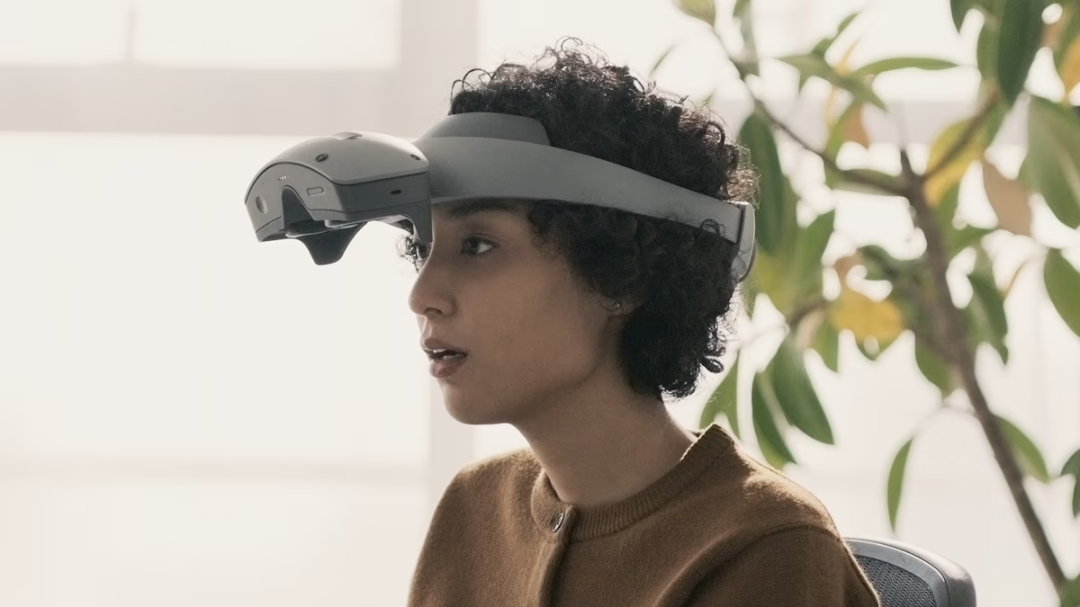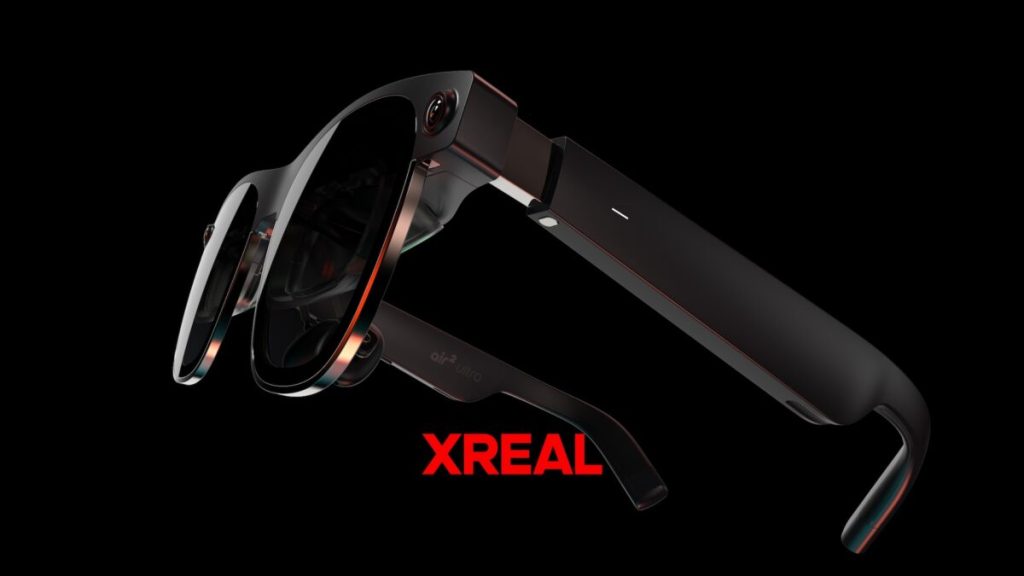CES showed us AR is moving along to a place where you can ditch your phone, and I’m here for it
If we can leave our phones behind and use AR glasses by themselves, we might finally have a compelling use case for the tech.

AR and VR are the current “thing”, alongside AI, of course. But to use AR (or any of the above, really), you need to hook the devices up to one of the latest smartphones. Sure, it works. We’re all already carrying a handset in our pocket. But for the newfangled tech to really shine, we need to be able to ditch our phones.
AR glasses are great for making content more immersive. But if they can only act as an extension of your smartphone, then what’s the point. Sure, tapping out texts on a giant screen in front of you is fun, but it’s a rather novel idea. Have you ever used a headset? How inconvenient is it to have to drape a wire around your neck like some sort of USB-C ended rattlesnake to hook it up to your phone? Functionality aside, it’s hardly the best user experience.
For AR to truly stand the test of real-world adoption, it needs to offer something further – something that compels you to want to use it. And CES 2024 has shown us that we might be on the cusp of that with standalone AR.
AR with your phone at home
The idea of a standalone AR headset seems a little strange if you’ve ever used one before now. You don’t need to hook the glasses up to your phone or another device, so you’re free to move around. It’s a huge win for portability, especially if the future involves shrinking this stuff down to wear all the time. But it’s an idea that makes more sense, offers more functionality, and delivers an all-round better experience.
One of the biggest announcements from CES 2024 was Sony’s mixed reality headset. It (you guessed it) is a standalone headset that doesn’t need to be connected to another device. It’s a device that’s purely aimed at professionals and creatives who want to work on and view 3D projects, applications, and models, rather than catering to the needs of gamers. Sony even designed it to flip up so you can look at the real world without taking it off.
Also at this year’s show, XREAL debuted its Air 2 Ultra AR glasses. They feature a Micro OLED panel from Sony, providing a Full HD screen for each eye with a 52-degree field of view. The glasses offer a multitude of capabilities such as 3D environment sensing, image and hand tracking, plane detection, depth meshing, and spatial anchoring for collaborative work. And it does all of this without a cable hanging out the backside to connect to your phone.

Remember the Rokid Glass from CES 2018? This time around, the brand is dishing out the first ever carrier-offered, standalone AR glasses package. It’s the Rokid Air glasses bundled with the Rokid Station – the brand’s smart TV box. You don’t need to use a smartphone to dive into an immersive AR experience. Previously, if you wanted AR glasses, you’d have to tether them to a compatible smartphone. This new development shows that AR can stand on its own two feet, which might actually make it a little more useful for going down the content route.
And while they’ve got nothing to do with CES 2024, we can’t talk about mixed reality headsets without mentioning Apple’s Vision Pro. The $3500 price means that they’re not going to be a consumer-level product. But, they do promise a fully immersive experience without connecting to any other device. You’ll be able to just pop the headset on and use it by itself. It’s the definition of a standalone headset, and we’re excited to see what it can do.
Standalone to stand a chance
The future of AR glasses and other mixed reality devices is certainly pointing towards ditching cables and other devices. And it’s a necessary move for the tech to stand a chance. If you’ve got to lug around a cable to constantly hook your smartphone up to one of these headsets, people are going to get bored quickly – if they’ve even come aboard. AR’s got to go standalone if it wants to stand a chance.